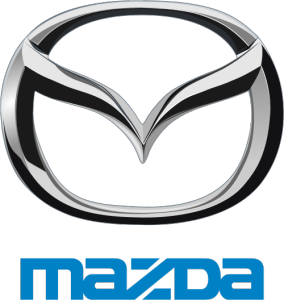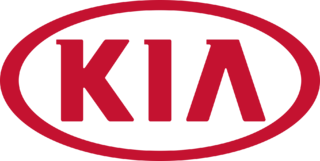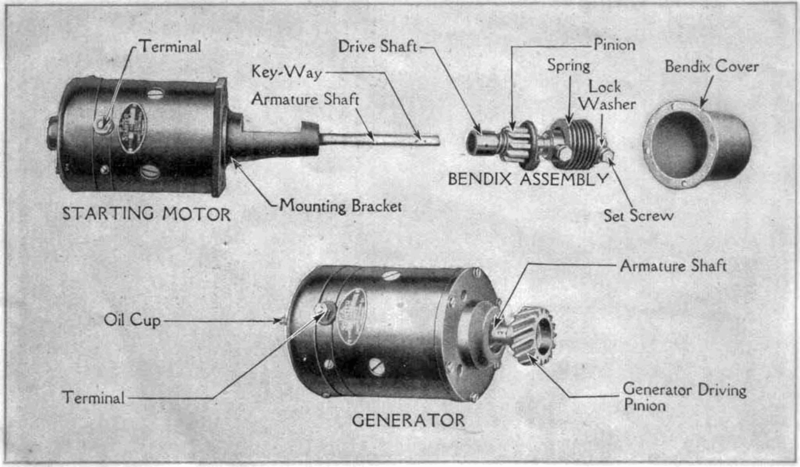Mazda
The Mazda Motor Corporation is a Japanese automaker that was founded in 1920. It is based in Fuchu, which is in the Aki District of Hiroshima, Japan, and it is currently one of the top 20 largest automakers in the world. Mazda is well-known for its devotion to the rotary engine, and for a number of years it was the only automaker in the world that offered a Wankel-type engine. Ford held a controlling interest in this publicly traded company for a number of years, although Ford divested most of its shares by 2010 and Mazda bought back a number of its own shares.
Contents
History of the Mazda Motor Corporation
The history of the Mazda Motor Corporation ban be traced back to the Toyo Cork Kogyo Company, which was originally engaged in the business of producing artificial cork. The company was in dire straits following the conclusion of World War I, and Jujiro Matsuda was asked to take control of it in 1920. Under Matsuda’s stewardship, the Toyo Cork Kogyo Company shifted focus to the production of machine tools. Then, in 1931, the company’s focus shifted to automobile production. Although the company was officially named Toyo Kogyo Co. Ltd. at that time, its first vehicle was the Mazda-Go. This early Mazda vehicle resembled a three-wheeled motorcycle with a truck bed, and it was available in both open and enclosed versions.
During Japan’s involvement in World War II, the company was brought under Government control and used to manufacture rifles. This echoed an earlier successful business venture of Jujiro Matsuda’s, as he had once been very successful supplying rifles to the Tsar of Russia with his Matsuda Works.
After the war ended, the company’s focus returned to automobiles, and by the 1960s extensive resources were being put into the development of a Wankel-style rotary engine. This unique (at least among Japanese automakers) engine design helped Mazda stand out, and it would eventually start to export both rotary and piston engine vehicles out of Japan.
Financial difficulties during the 1960s were compounded by the gas crisis that occurred in the 1970s, as consumers looked toward engines that were more fuel efficient than the rotary engines offered by the current crop of Mazda cars and trucks. Although Toyo Kogyo was able to fall back on its piston-driven lineup, it required help from Sumitomo Bank and a strategic investment from the Ford Motor Company to get back on its feet.
The Toyo Kogyo Company’s partnership with Ford started in 1979 and persisted through the first decade of the 21st century. This strategic partnership started with Ford buying a 7 percent stake in Toyo Kogyo, and Ford would ultimately own a controlling interest in the company. This also marked the end of the Matsuda family’s control of the company, which was renamed Mazda Motor Corporation in 1984.
Mazda’s new alliance with Ford led to decades of technology sharing and co-developed vehicles that only ended when Ford divested its controlling interest in 2008 and sold even more shares in 2010. Today, Mazda is even looking at pulling out of joint ventures like the AutoAlliance International plant and Changan Ford Mazda in China.
Today, Mazda has offices in Japan, North America (Canada and Mexico), Europe, Australasia, and China, and has production facilities in Japan, North America (through AutoAlliance), the middle east, South America, and elsewhere.
Vital Mazda Motor Corporation Data
Founded: Hiroshima, Japan (1920)
Current headquarters: Hiroshima, Japan
Employees: ~38,000
Joint Ventures: AutoAlliance International, Changan Ford Mazda
Mazda Motor Corporation Contact Information
North America
Phone: 800.222.5500
Mailing Address
Mazda North American Operations
Attn: Customer Assistance Center
Box 19734
Irvine, CA
92623-9734







